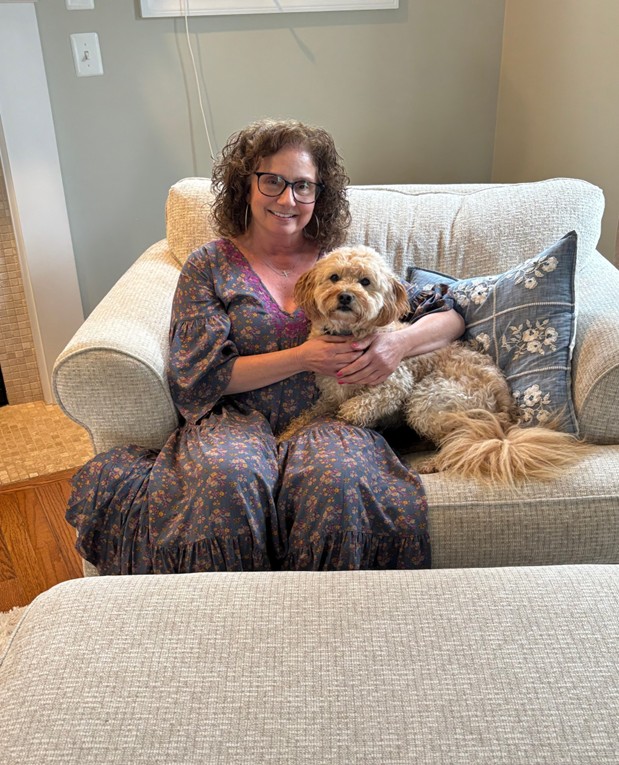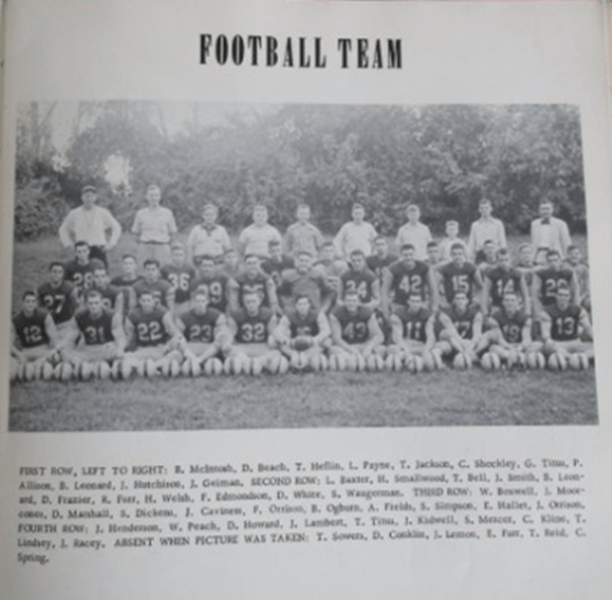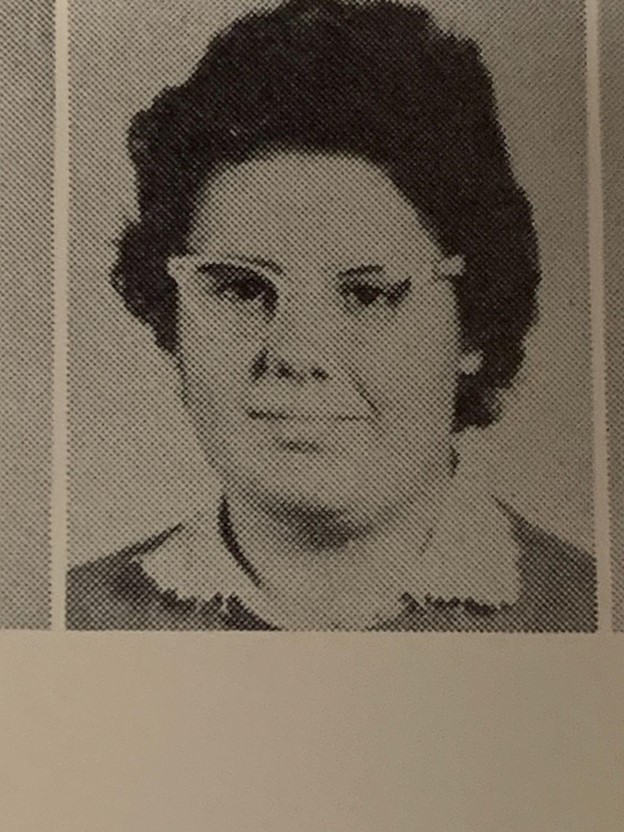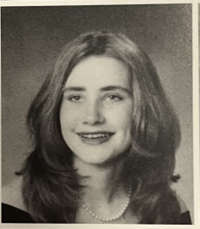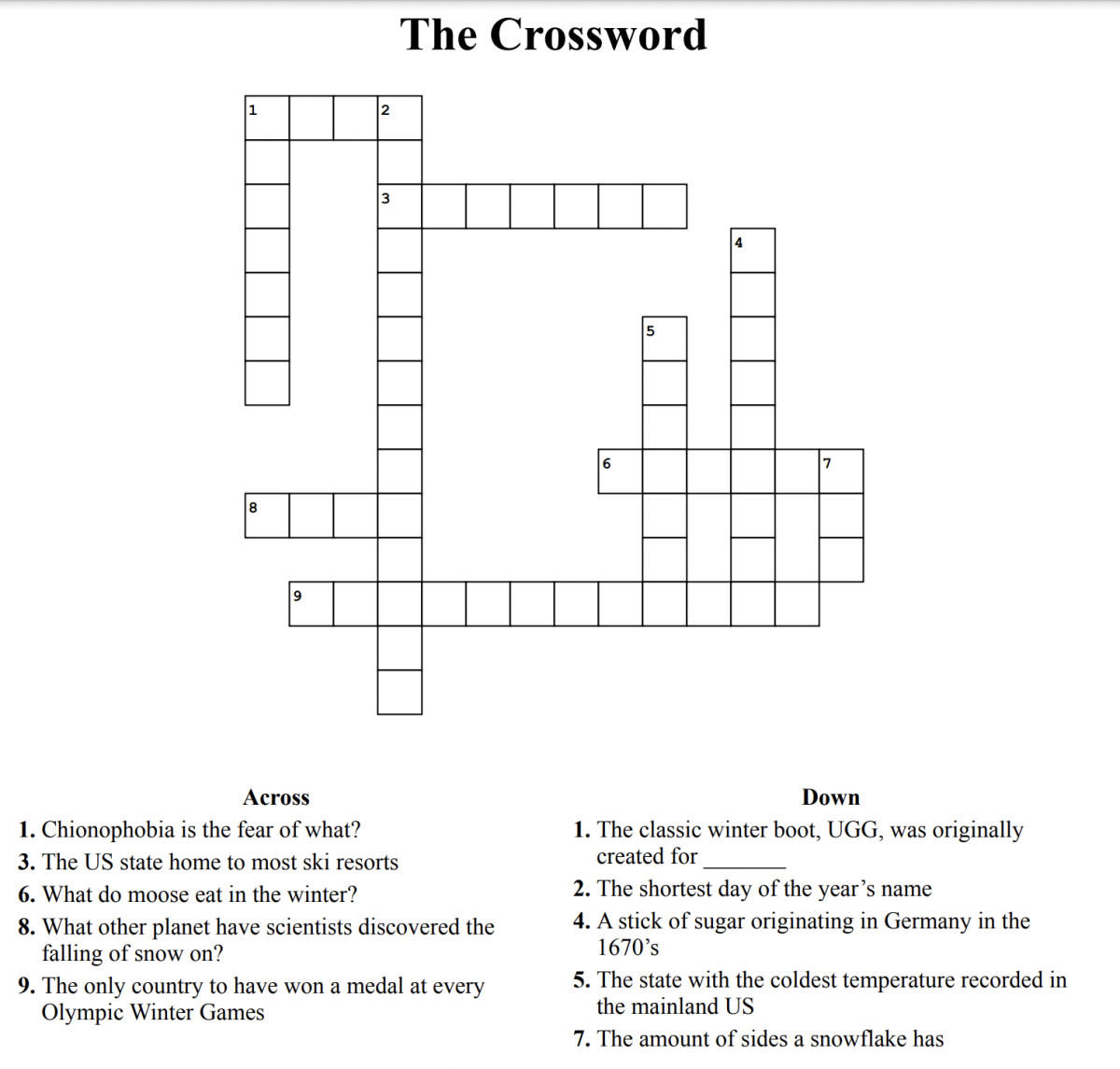COURSE SELECTION GUIDANCE: TOO MUCH OR TOO LITTLE?
When it comes to choosing our classes, our school offers several resources.
Dan Croyle, the director of counseling, stated that the school used to print off a schedule sheet for every student, but not anymore. “Now that we’ve gone paperless with a lot of things, it’s online.” But as with a lot of things online, “people just don’t look for it or don’t know where it is,” Croyle said.
Croyle made it very clear where to find the program of studies: “If you go to Loudoun County High School, school counseling webpage, under academics, under P for program, it’s right there.”
But that requires students to actively search. And there’s little to no communication among teachers, counselors, and students that benefits students. While the program of studies is available, it provides a formal description of the course with little description to help students decide what is right for them. While teachers do show brief presentations about classes in their departments, they are broad and presented quickly.
Counselors do meet with students individually, but they are each assigned 300 students, so how can they be expected to know each student’s strengths and weaknesses, other than what they hear from teachers or see from transcripts?
And it’s really not their fault. When the time comes to choose classes and you know what you want to do, you might sit down at a counselor’s office and they might say you’re not fit for it, or they might let you try it.
When it comes down to it, students don’t know what they don’t know. Teachers don’t realize students need direct suggestions for next year’s classes. Our teachers aren’t really telling us what they think we should sign up for, and it really isn’t their fault.
Sometimes students don’t know what to ask when it comes to classes for next year; an informal poll showed that not many students know there is a program of studies available online, and those who were aware don’t really seem to take advantage of it.
To help students with a decision that impacts them significantly the following year, the school should allow a two-day window in which teachers use class time simply to meet with students one-on-one to discuss plans for next year’s classes.
Taking two full days for teachers to have a one-on-one conversation with each student for an average of 2-3 minutes before winter break would be useful, because the last thing on a student’s mind is work before Christmas break.
An A day and B day “meeting day” with teachers would limit teacher frustrations when students choose the wrong level class and find it either too easy or too hard. Two days of class is worth limiting that frustration.
Your donation will support the student journalists of Loudoun County High School. Your contribution will allow us to purchase equipment and continue to print our issues for the students at our school.




